If you're struggling with social anxiety, these five gentle stretches can help ease tension and promote relaxation. Start with a neck and shoulder release to loosen up tight muscles. Try a grounding forward fold to reconnect with your body and calm your mind. A calming seated twist can release tension in your spine and abdominal organs. Child's pose activates your relaxation response, helping you feel more centered. Finally, practice a breath-focused standing mountain pose to build confidence and presence. These simple stretches can be done anywhere, anytime to help you feel more at ease in social situations. Discover how these techniques can transform your approach to social interactions.
Key Takeaways
- Neck and shoulder release reduces tension through simple stretches and rotations, alleviating physical symptoms of anxiety.
- Grounding forward fold helps reconnect with the body and calm the mind during overwhelming moments.
- Calming seated twist releases tension in the spine and abdominal organs, promoting physical and mental relaxation.
- Anxiety-reducing child's pose activates the relaxation response and encourages an inward focus on breath.
- Breath-focused standing mountain pose combines breath awareness with strong posture to build confidence and centeredness.
Neck and Shoulder Release

Tension often accumulates in the neck and shoulders when you're feeling anxious in social situations. To release this tension, try a simple neck and shoulder stretch.
Start by sitting or standing with your back straight and your feet firmly planted on the ground. Take a deep breath and slowly roll your shoulders backwards, making five complete circles.
Next, gently tilt your head to the right, bringing your right ear towards your right shoulder. Hold for 10 seconds, feeling the stretch along the left side of your neck. Slowly return to center and repeat on the left side.
For a deeper stretch, place your left hand on top of your head and gently guide it towards your left shoulder. Hold for 15 seconds, then switch sides.
To target the shoulders, clasp your hands behind your back and lift your arms away from your body. This will open up your chest and relieve tension in your shoulders and upper back. Hold for 20 seconds, breathing deeply.
Grounding Forward Fold

When you're feeling overwhelmed in social situations, a grounding forward fold can help you reconnect with your body and calm your mind. This simple yet effective stretch can be done discreetly, even in public spaces.
Stand with your feet hip-width apart, knees slightly bent. Exhale as you slowly fold forward from your hips, letting your upper body hang heavy. Allow your head and neck to relax completely. If you can't reach the floor, cross your arms and hold your elbows. Focus on your breath, inhaling deeply and exhaling slowly.
As you hold this position, imagine your anxiety flowing out through your fingertips. This stretch not only relieves tension in your back and hamstrings but also promotes a sense of stability and centeredness.
| Benefits | How It Helps |
|---|---|
| Calms the mind | Increases blood flow to the brain |
| Relieves tension | Stretches back and leg muscles |
| Improves focus | Encourages mindful breathing |
| Reduces anxiety | Promotes grounding sensation |
To come out of the pose, slowly roll up vertebra by vertebra, letting your head come up last. Take a moment to notice how you feel before returning to your day.
Calming Seated Twist
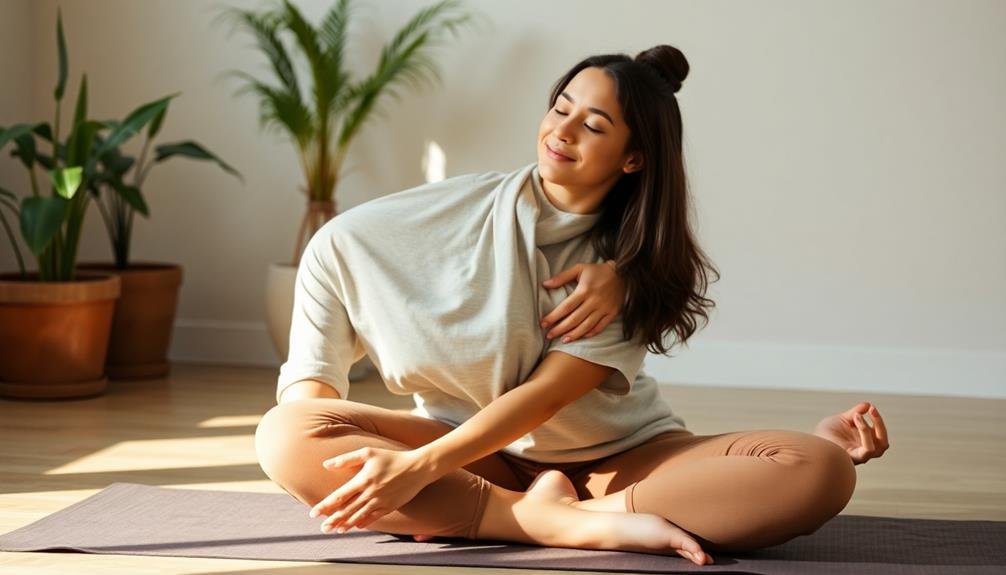
After grounding yourself with a forward fold, you can shift to a calming seated twist. This gentle stretch helps release tension in your spine and abdominal organs while promoting a sense of inner calm.
Start by sitting comfortably on the floor with your legs extended in front of you. Bend your right knee and place your right foot on the outside of your left thigh. Inhale deeply, lengthening your spine.
As you exhale, twist your torso to the right, placing your left hand on the floor behind you and your right hand on your right knee. Hold this position for 5-10 deep breaths, focusing on the following:
- Lengthening your spine with each inhale
- Deepening the twist slightly with each exhale
- Relaxing your shoulders and facial muscles
Remember to keep your movements gentle and avoid forcing the twist. If you feel any discomfort, ease back slightly.
After holding the twist, slowly return to center and repeat on the other side. This seated twist can help alleviate physical tension while calming your mind, making it an excellent tool for managing social anxiety symptoms.
Anxiety-Reducing Child's Pose
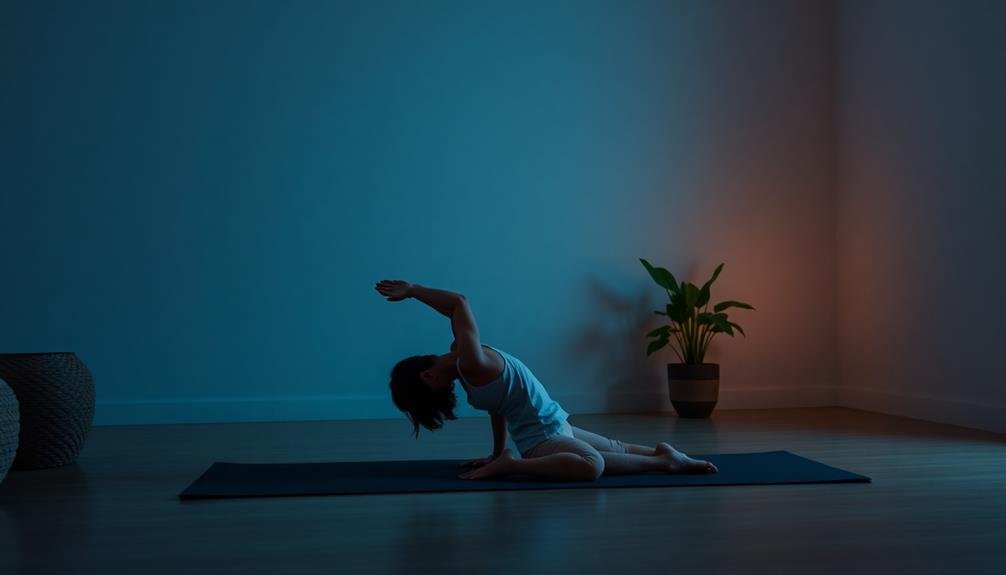
Why is Child's Pose so effective for reducing anxiety? This gentle, restorative pose activates your body's relaxation response, helping to calm your nervous system and quiet racing thoughts.
It's a grounding position that encourages you to turn inward, focusing on your breath and body sensations rather than external stressors.
To practice Child's Pose, kneel on the floor with your big toes touching and knees hip-width apart. Sit back on your heels, then slowly fold forward, extending your arms in front of you.
Rest your forehead on the mat and let your chest sink towards your thighs. If you're uncomfortable, place a folded blanket between your thighs and calves.
As you hold this pose, breathe deeply and slowly. With each exhale, imagine tension melting away from your body.
Stay here for 1-5 minutes, or as long as it feels comfortable. This pose can be especially helpful before social events, as it allows you to center yourself and build inner calm.
Breath-Focused Standing Mountain Pose
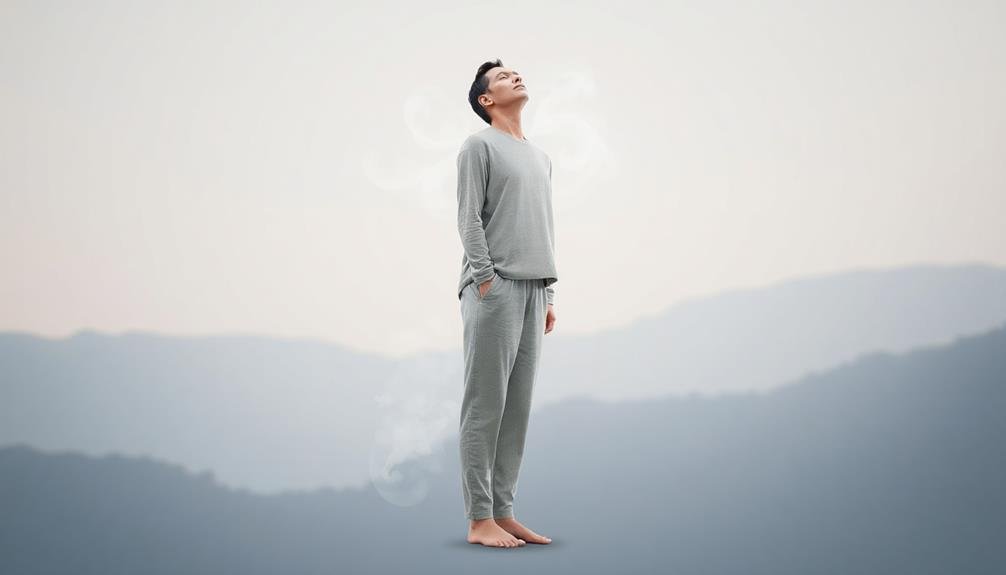
While Child's Pose offers grounding comfort, Standing Mountain Pose provides a different approach to anxiety relief. This pose combines breath awareness with a strong, upright posture to boost confidence and reduce social anxiety symptoms.
Begin by standing with your feet hip-width apart, arms relaxed at your sides. Take a deep breath and imagine roots growing from your feet into the earth, anchoring you firmly in place.
As you hold this pose, focus on your breath and body alignment:
- Inhale deeply, lifting your chest and lengthening your spine.
- Exhale slowly, drawing your shoulder blades down and back.
- Maintain a soft gaze straight ahead, chin parallel to the ground.
Continue breathing deeply for 5-10 cycles, visualizing anxiety leaving your body with each exhale. This pose helps you feel centered and present, counteracting the scattered thoughts often associated with social anxiety.
Frequently Asked Questions
How Long Should I Hold Each Stretch for Maximum Anxiety-Relief Benefits?
You'll want to hold each stretch for 15-30 seconds to maximize anxiety relief. Don't rush; focus on your breathing and relax into the stretch. Repeat 2-3 times for each position to enhance the calming effect.
Can These Stretches Be Done Discreetly in Public or Social Situations?
You can perform many stretches discreetly in public. Focus on subtle movements like shoulder rolls, neck stretches, or ankle rotations. Breathe deeply and relax your muscles. You'll feel calmer without drawing attention to yourself.
Are There Any Contraindications for People With Specific Medical Conditions?
If you've got medical conditions, it's vital to consult your doctor before trying new exercises. Some stretches might not be suitable for people with joint issues, heart problems, or certain injuries. Always prioritize your safety and health.
How Often Should I Practice These Stretches to See Improvements in Social Anxiety?
You'll want to practice these stretches daily for the best results. Start with 10-15 minutes each day, gradually increasing to 20-30 minutes. Consistency is key, so try to make it part of your daily routine.
Can These Stretches Be Combined With Other Anxiety-Management Techniques for Better Results?
You can definitely combine these stretches with other anxiety-management techniques for better results. Try pairing them with deep breathing, meditation, or cognitive behavioral therapy. You'll likely see more significant improvements in managing your anxiety this way.
In Summary
You've now learned five gentle stretches to help ease social anxiety. Remember, these poses aren't just physical exercises; they're tools to calm your mind and body. Incorporate them into your daily routine or use them as needed when you're feeling anxious. Don't forget to breathe deeply and focus on the present moment. With practice, you'll find these stretches become second nature, offering relief when social situations feel overwhelming. Be patient with yourself and keep stretching!
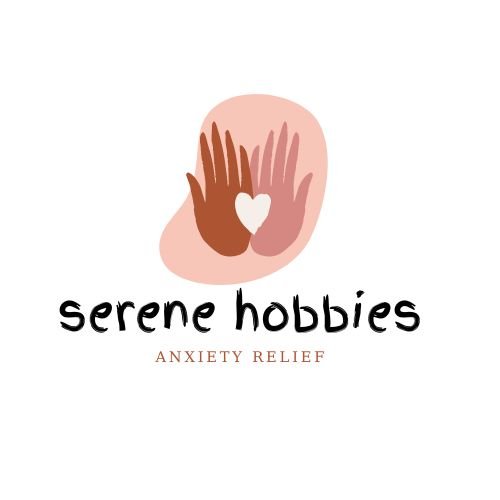
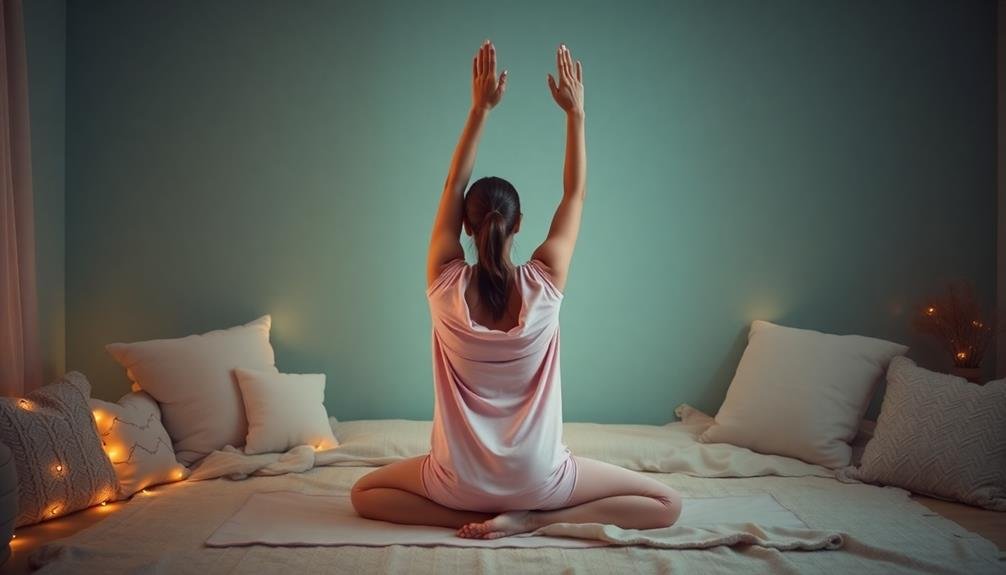

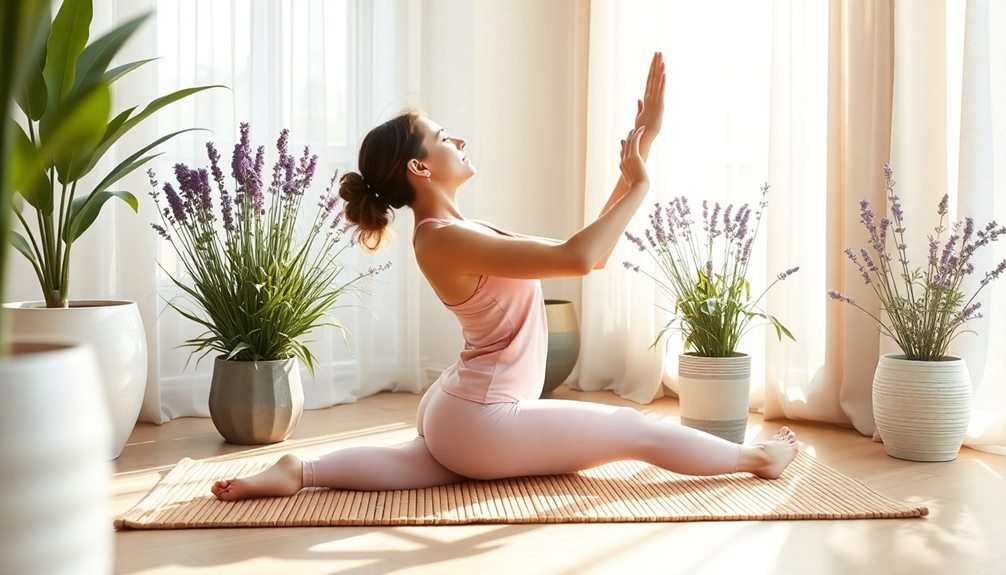
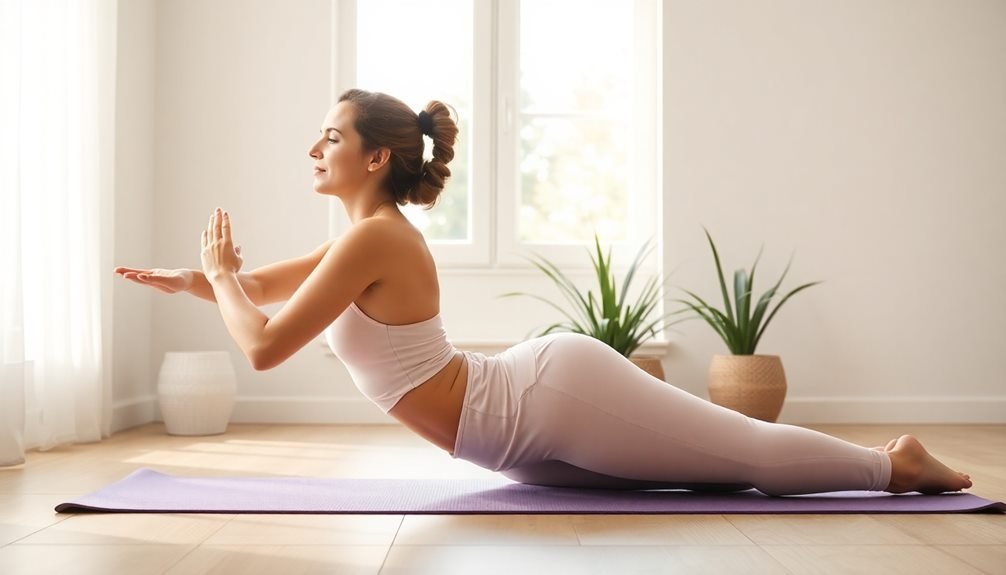
Leave a Reply